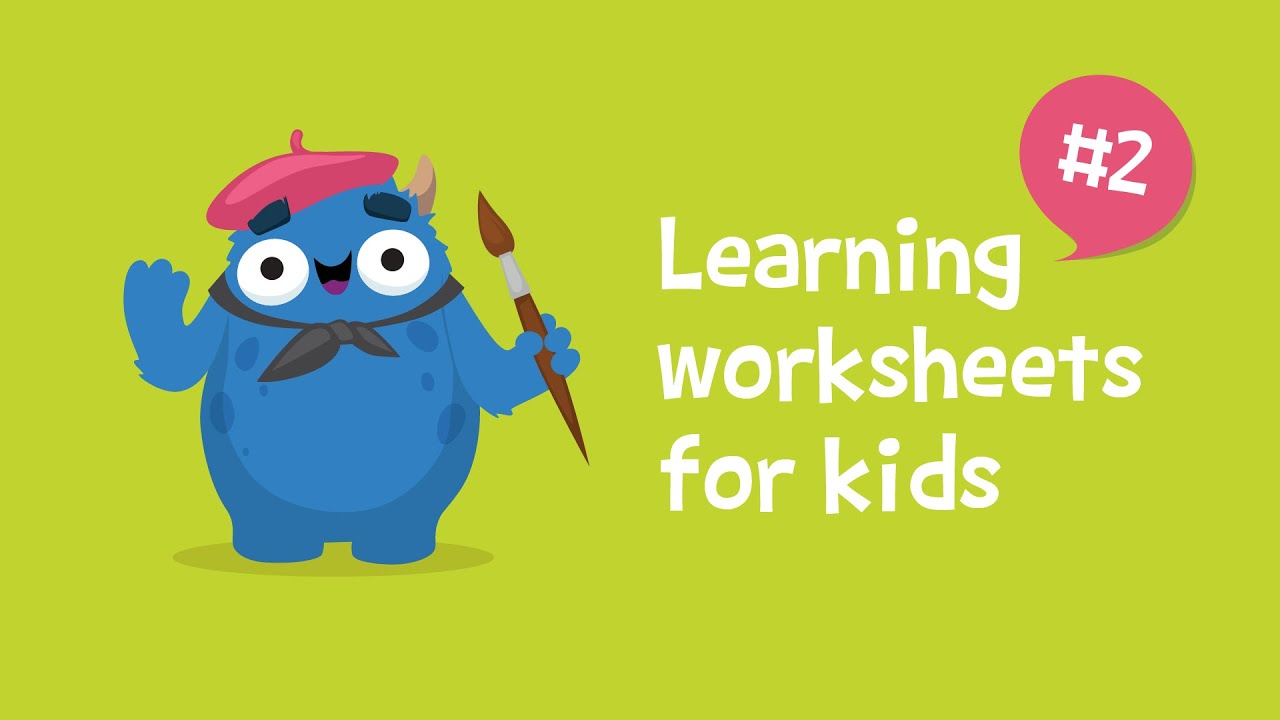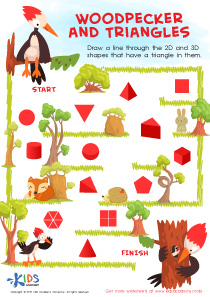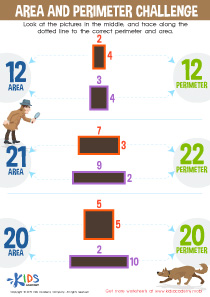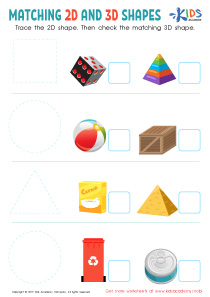Extra Challenge Fractions of Shapes Worksheets for Ages 4-6
6 filtered results
-
From - To
Unlock the world of shapes and fractions with our "Extra Challenge Fractions of Shapes Worksheets" designed specifically for ages 4-6! These engaging worksheets provide a fun, interactive way for young learners to explore fractions through vibrant visuals. Kids will identify, color, and compare fractions of various geometric shapes, enhancing their understanding of basic mathematical concepts. Perfect for budding mathematicians, these challenges promote critical thinking and problem-solving skills in an enjoyable format. With vibrant illustrations and clear instructions, children will enjoy navigating through each activity, setting a strong foundation for future math success. Get ready to inspire a love for learning today!


Fractions: Shapes Worksheet


Lines of Symmetry Printable
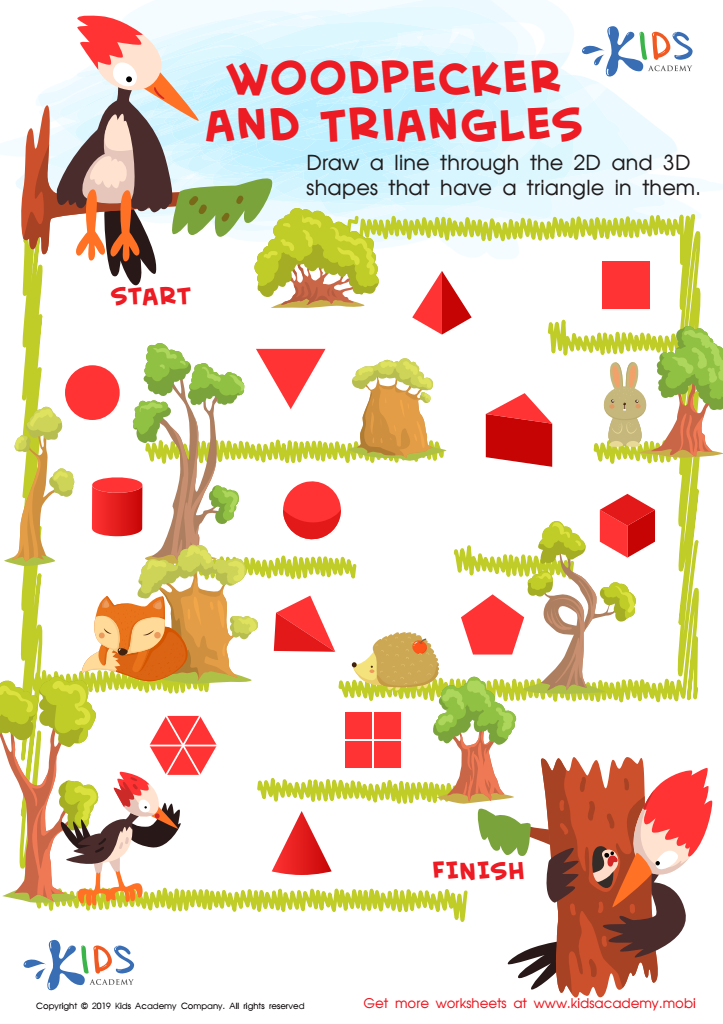

Woodpecker and Triangles Worksheet
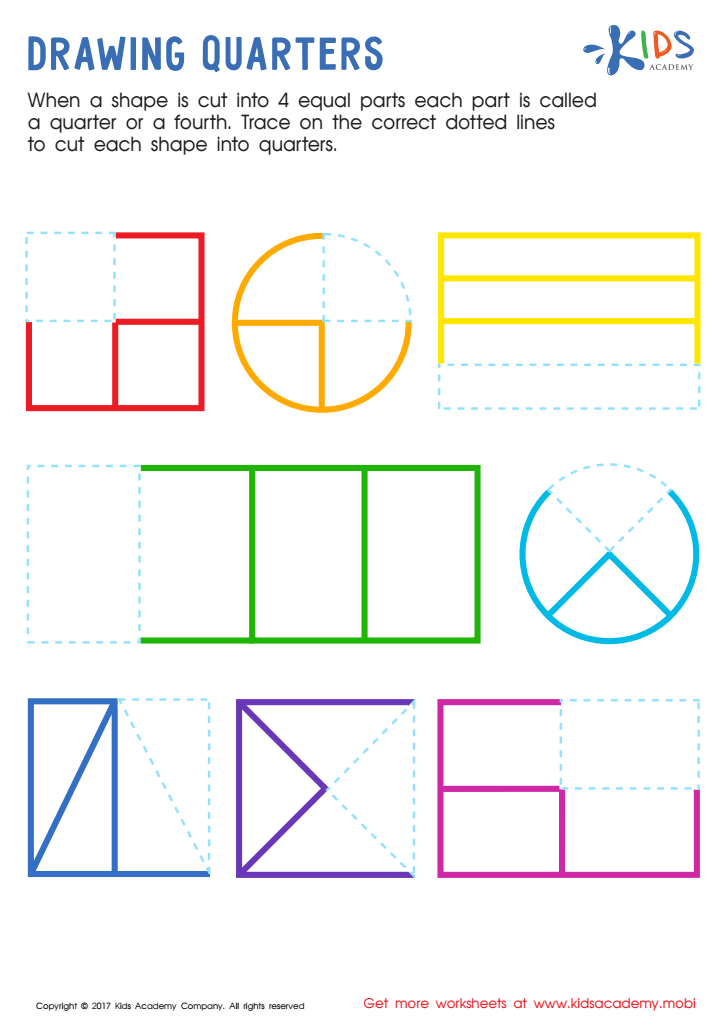

Drawing Quarters Worksheet


Shape Sorter Worksheet
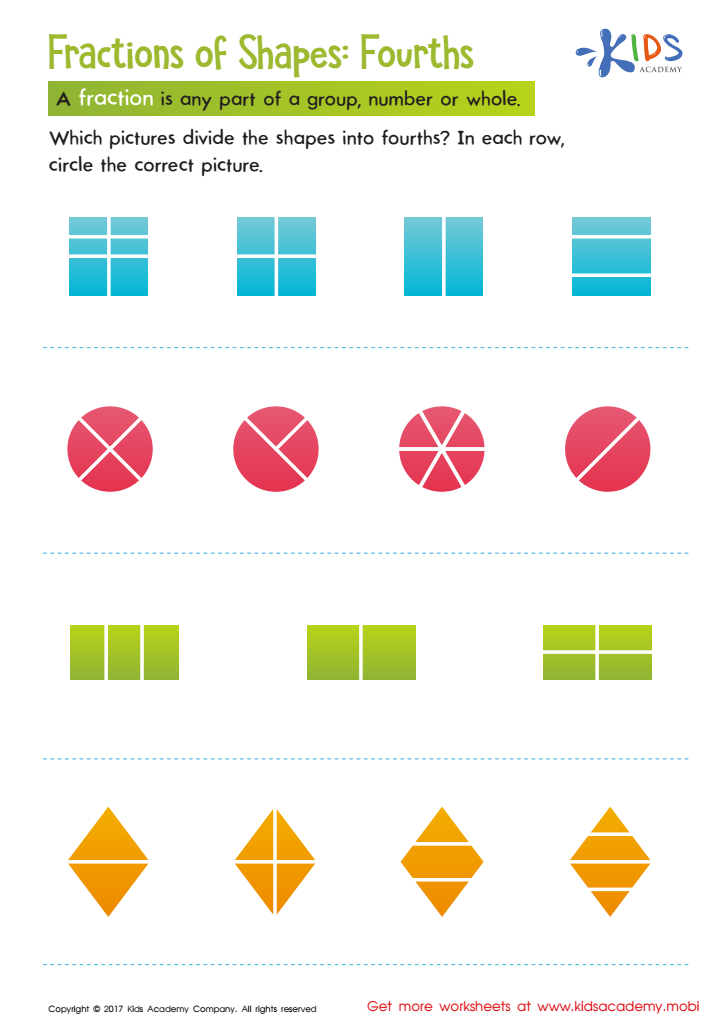

Fractions of Shapes Worksheet
Parents and teachers should care about Extra Challenge Fractions of Shapes for children ages 4-6 for several compelling reasons. First, understanding basic fractions fosters early mathematical skills, laying the groundwork for more complex concepts later in education. Engaging in hands-on activities, such as dividing shapes, helps children grasp the idea of parts of a whole, enhancing their spatial awareness and critical thinking.
At this age, cognitive development is rapid, and introducing fractions through interactive and fun activities can keep children motivated and curious. This approach not only promotes mathematical understanding but also encourages a positive attitude towards learning, fostering resilience when faced with challenges.
Additionally, teaching fractions using tangible shapes connects math to real-life scenarios, making learning relevant and enjoyable. This aids in the retention of knowledge, as students are more likely to remember concepts they can visualize and manipulate.
Incorporating Extra Challenge Fractions encourages collaborative learning and communication skills, as children often discuss their ideas and solutions with peers. Finally, a strong foundation in mathematics will benefit children as they progress in their education, ultimately preparing them for more advanced and abstract mathematical concepts in the future.
 Assign to My Students
Assign to My Students





